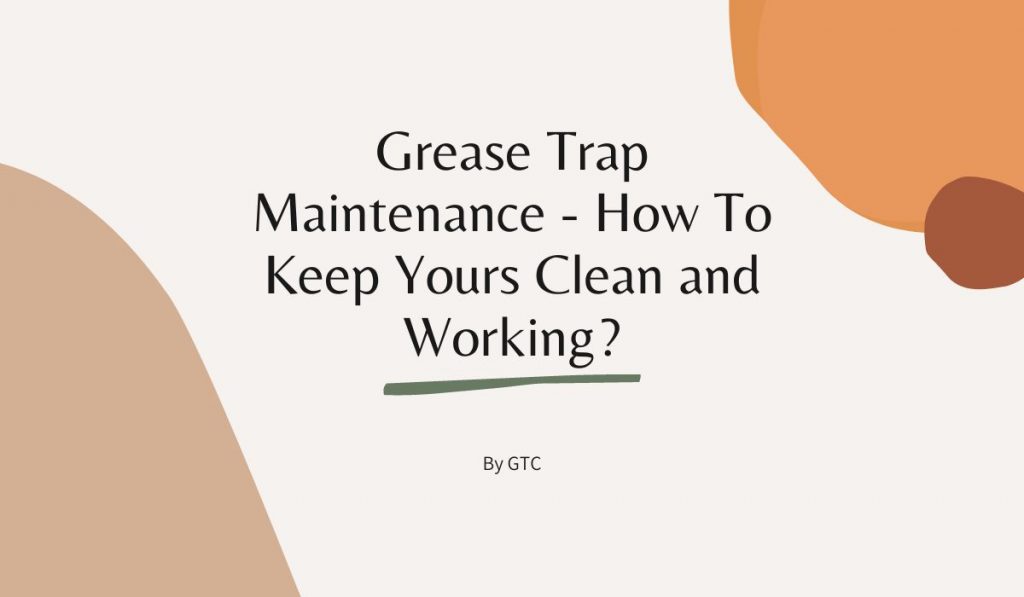Don’t let a clogged or inefficient grease trap slow you down! This short guide will help you understand why regular maintenance is important and step-by-step instructions for keeping it in top condition.
Keeping your grease trap in top condition can help prevent overflowing, plumbing disasters, and other costly repairs. Regular maintenance is key to ensuring your grease trap functions properly, breaking down fats, oils and grease that can clog pipes and lead to other issues.
What is Grease Trap Maintenance?
Grease trap maintenance is the process of regularly cleaning, inspecting, and servicing your grease trap in order to ensure it is functioning properly. It entails removing fat, oil, and grease buildup, disposing of waste materials, and checking for any necessary repairs or adjustments to be made. This can help prevent backups and blockages in your system that could cause costly damages.
Understand the Benefits of Regular Maintenance.
Regular grease trap maintenance is an important part of keeping your system running smoothly and efficiently. Not only does proper maintenance help prevent blockages, but it also reduces odors, prevents health risks, and helps prolong the life of your grease trap. A well-maintained grease trap can also save you money in the long run as it reduces the chances of breakdowns or emergency repairs.
Diagnose Potential Issues with Grease Traps.
Diagnosing potential issues with grease traps is an important part of routine maintenance. An inspection should be done regularly to identify any blockages or issues that may need to be addressed. Additionally, look for signs such as slow-draining water, foul odors, or unusual noises coming from the grease trap, which may indicate a buildup of trapped grease or other debris. If any of these signs are noticed it is important to take steps to resolve them quickly before they become bigger problems.
Steps for Cleaning and Maintaining a Grease Trap.
Proper grease trap maintenance begins by regularly cleaning the grease trap to ensure it is running efficiently and trapping the maximum amount of grease and food particles. Here are some steps for ensuring an effective cleaning:
1) Empty, wash, and reassemble the trap;
2) Flush the lines with hot water periodically;
3) Scrape off any visible build-up around the sides of the tank;
4) To remove heavier materials such as FOG (fats, oils, and grease); perform manual or chemical cleaning. Following these steps regularly will keep your system in excellent working condition.
Consider Professional Maintenance Services for Your Grease Trap.
For some businesses, regular maintenance of a grease trap can be challenging to do alone. Therefore, you may want to consider getting professional assistance. Professional Grease Trap Cleaning can help keep your grease trap working at its best by using powerful products and industrial-grade equipment for efficient cleaning, reducing the need for manual scrubbing. Moreover, they have trained in spotting underlying problems in systems that can potentially cause drainage issues further down the line.
